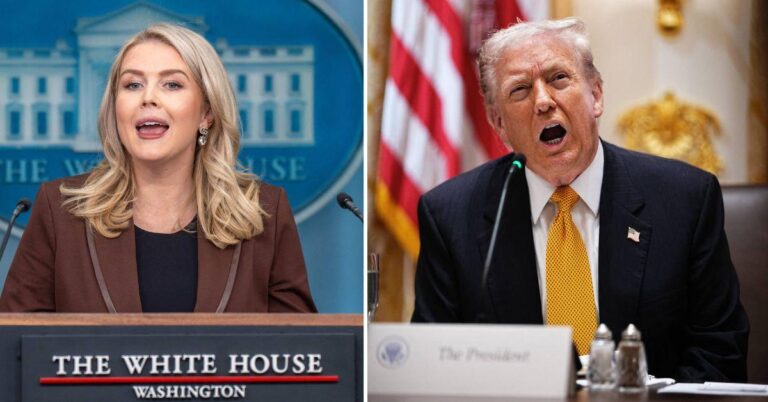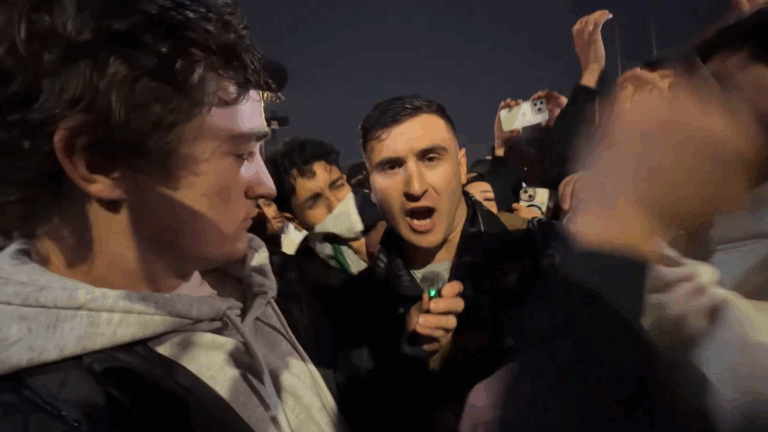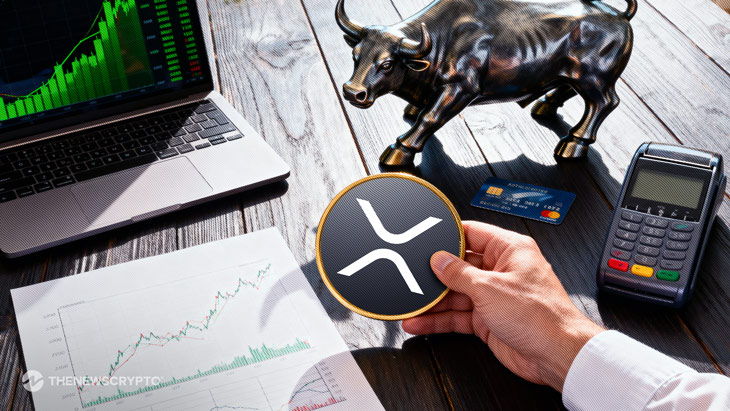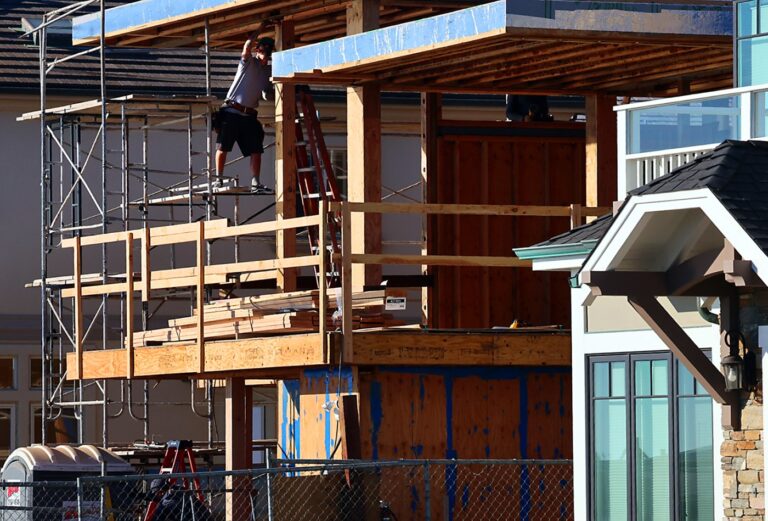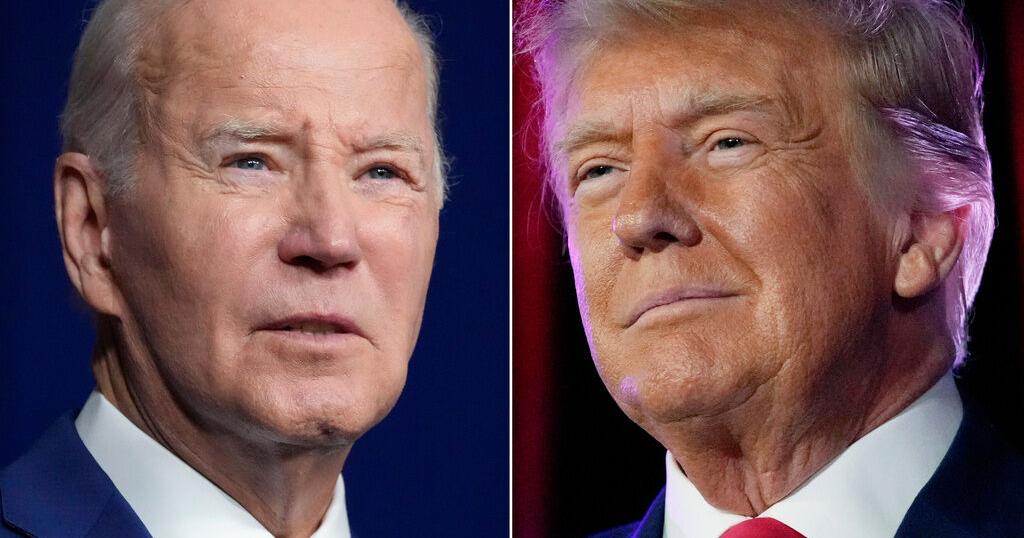
WASHINGTON — President Donald Trump’s struggle to tackle the high cost of living is giving voters a sense of déjà vu. Much like the president before him, Trump is promoting plans to create factory jobs and curb inflation. The Republican leader aims to lower prescription drug costs, a priority also shared by Democratic President Joe Biden. Both presidents have attempted to shame companies over price increases.
Trump has even echoed Biden’s 2021 message labeling elevated inflation as a “transitory” issue that would soon fade. “We’re going to be hitting 1.5% pretty soon,” Trump told reporters Monday. “It’s all coming down.”
Despite the president’s optimism about an economic boom on the horizon, signs indicate voters are losing patience. His campaign’s promises to fix inflation quickly have yet to be realized.
### Voter Frustration Over Inflation Grows
In recent elections, voters swung decisively toward Democrats, largely driven by concerns about affordability. In response, Trump, dismissing his weak polling on the economy as “fake,” has floated half-baked ideas to ease financial pressure. Among his proposals are a $2,000 rebate on tariffs and the possibility of extending the 30-year mortgage to 50 years to reduce monthly payments.
On Friday, Trump scrapped tariffs on beef, coffee, tea, fruit juice, cocoa, spices, bananas, oranges, tomatoes, and certain fertilizers. He acknowledged these tariffs “may, in some cases” have contributed to higher prices.
However, experts see these moves as largely symbolic rather than impactful. Bharat Ramamurti, a former deputy director of Biden’s National Economic Council, described them as “gimmicky” measures unlikely to significantly affect inflation.
“They’re in this very tough position where they’ve developed a reputation for not caring enough about costs, where the tools they have available are unlikely to be able to help people in the short term,” Ramamurti said.
He added that the Biden administration learned the hard way that voters aren’t reassured by promises that policies will raise incomes over time.
“That argument does not resonate,” Ramamurti said. “Take it from me.”
### How Inflation Impacted Biden’s Presidency
Biden inherited an economy reeling from the coronavirus pandemic—characterized by mass layoffs, widespread school and office closures, and historic levels of government borrowing.
In March 2021, he signed a $1.9 trillion relief package into law. Critics argued it was excessive and risked fueling inflation.
As the economy reopened, shortages emerged in computer chips, kitchen appliances, autos, and furniture. Cargo ships were stuck waiting to dock at ports, creating supply chain bottlenecks.
Russia’s invasion of Ukraine in early 2022 pushed up energy and food prices, pushing consumer inflation to a four-decade high that June. In response, the Federal Reserve raised benchmark interest rates to cool inflation.
Biden sought to assure Americans the economy was strong. “Bidenomics is working,” he said in a 2023 speech. “Today, the U.S. has had the highest economic growth rate, leading the world economies since the pandemic.”
However, voter approval was tepid. In August 2023, only 36% of U.S. adults approved of Biden’s economic handling, according to a poll by The Associated Press-NORC Center for Public Affairs Research.
### Trump Might Be His Own Worst Enemy on Inflation
Republicans have blamed Biden’s policies for worsening inflation. Today, Democrats are turning those same critiques against Trump.
They argue that Trump’s tariffs have raised consumer prices, his cancellations of clean energy projects are limiting new electricity supply amid rising utility bills, and his mass deportations have increased costs in immigrant-dependent construction sectors, affecting housing prices.
Biden administration officials note that Trump took office amid strong growth, a solid job market, and inflation near historic lows—only to reverse those trends.
“It’s striking how many Americans are aware of his trade policy and rightly blame the turnaround in prices on that erratic policy,” said Gene Sperling, a senior Biden adviser who also led the National Economic Council under Obama and Clinton.
“He is in a tough trap of his own doing — and it’s not likely to get easier,” Sperling added.
Consumer prices were rising at an annual rate of 2.3% in April when Trump imposed tariffs; by September, that rate had accelerated to 3%. Though this inflation surge was less severe than under Biden, political fallout appears similar: 67% of U.S. adults disapproved of Trump’s economic performance as of November, per AP-NORC polling.
“In both instances, the president caused a non-trivial share of the inflation,” said Michael Strain, director of economic policy studies at the American Enterprise Institute, a center-right think tank.
Strain noted that both presidents have responded in “weirdly, eerily similar ways,” downplaying inflation as a problem, pointing to other economic indicators, and attempting to address concerns by issuing government checks.
### White House Bets on Policies to Tame Inflation
Trump officials argue that their combination of income tax cuts, foreign investment frameworks linked to tariffs, and regulatory adjustments will spur factory growth and jobs.
They believe this will increase the supply of goods and services, easing inflationary pressures.
“The policies that we’re pursuing right now are increasing supply,” said Kevin Hassett, director of Trump’s National Economic Council, speaking to the Economic Club of Washington.
The Federal Reserve has cut benchmark interest rates, potentially increasing the money supply for investment. However, the central bank’s decision was driven by a weakening job market, despite inflation remaining above its 2% target.
There are concerns that rate cuts of the magnitude Trump desires could further fuel inflation.
### Time May Not Be on Trump’s Side
Consumer sentiment typically improves only after inflation drops for a sustained period, according to research by Ryan Cummings, an economist formerly with Biden’s Council of Economic Advisers.
His analysis of the University of Michigan’s consumer sentiment index suggests that inflation’s post-pandemic rise is no longer the main driver of public mood.
Instead, voters are frustrated because Trump led them to expect quick relief on grocery and other costs but has yet to deliver.
“When it comes to structural affordability issues—housing, child care, education, and health care—Trump has pushed in the wrong direction in each one,” said Cummings, now chief of staff at the Stanford Institute for Economic Policy Research.
He adds that Trump’s best chance to beat inflation might hinge on a “very lucky break” — a bumper global harvest and oil production staying ahead of demand.
For now, Trump continues to deflect blame onto Biden for economic woes.
In a Monday interview on Fox News’ “The Ingraham Angle,” Trump said, “The problem was that Biden did this.”
https://www.phillytrib.com/news/trump-like-biden-before-him-finds-theres-no-quick-fix-on-inflation/article_e4f8c20c-9948-443a-be77-1cb26e4863b1.html
